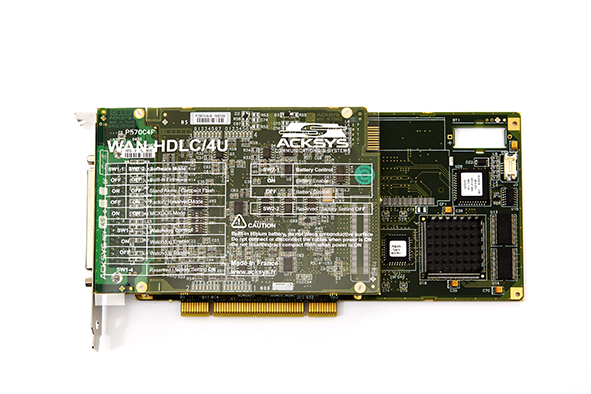I've used RS485 with the direction hardcoded and always-on. I didn't realize it was called RS422!
Well, the Master on a 4-wire RS485 bus is effectively an RS422 device, because its TX drives only receivers, so never needs to tri-state

Modbus over HDLC - this breaks new ground!
I know Bisync - was used since 1980s, mostly by Eurotherm, for their process controllers. I once did a converter between Bisync and Modbus. Strictly for masochists

A google on MCXCPCI-570-WAN-HDLC turns up some fun stuff
https://www.acksys.fr/en/product/48-wan-hdlc-range/
It looks very similar to another French outfit - MAX Technologies - which clearly made its money selling ATE systems to Airbus and to French military. I have some MAX cards (PCMCIA and PCI, ARINC429). These work on the French principle (OK in practice but will never work in theory, so, Serge, this will never work, we need
more complexity). MAX are still there, still supporting their old stuff.
https://www.acksys.fr/wp-content/uploads/products/MCXCPCI-570-WAN-HDLC-Hardware-FR_only-DT063.pdfThese cards were done as a tour de force project in digital design. Full of huge FPGAs, and big CPU chips from the 1990s.
Reverse engineering this, even in a narrow bit of functionality, is going to be hard work. For a start, any Modbus-other converter has to deal with register mapping. There is no standard for this. Then HDLC is a big can of worms. It is basically meaningless outside of a specific (originally IBM) context, and here somebody has "bent it" to do something else.
I've done this kind of work ~30 years ago, with FPGAs, but this job is 10x more horrible.
These cards sometimes come up on Ebay.
I suspect whoever specced this project has no idea of the engineering required. It's like, many years ago, the Intel 186 was scarce, and a colleague was tasked with emulating it with 74LS logic.